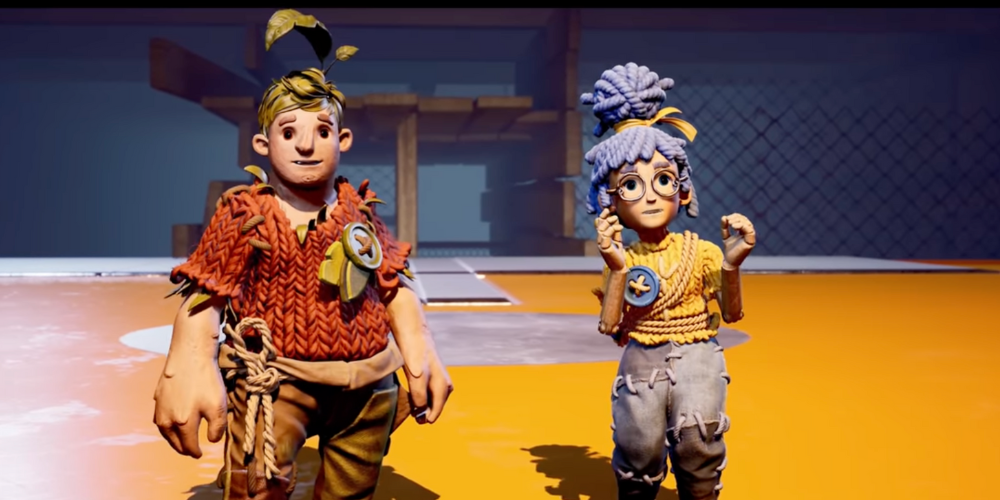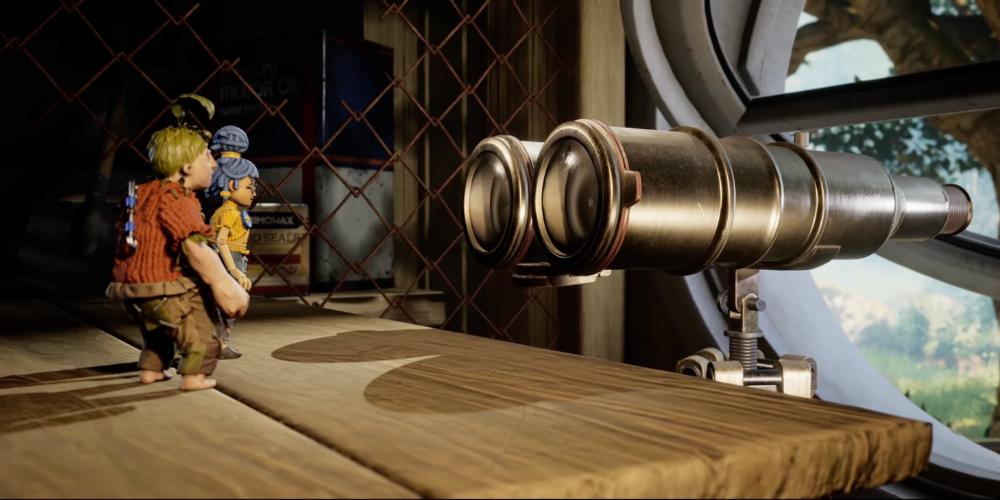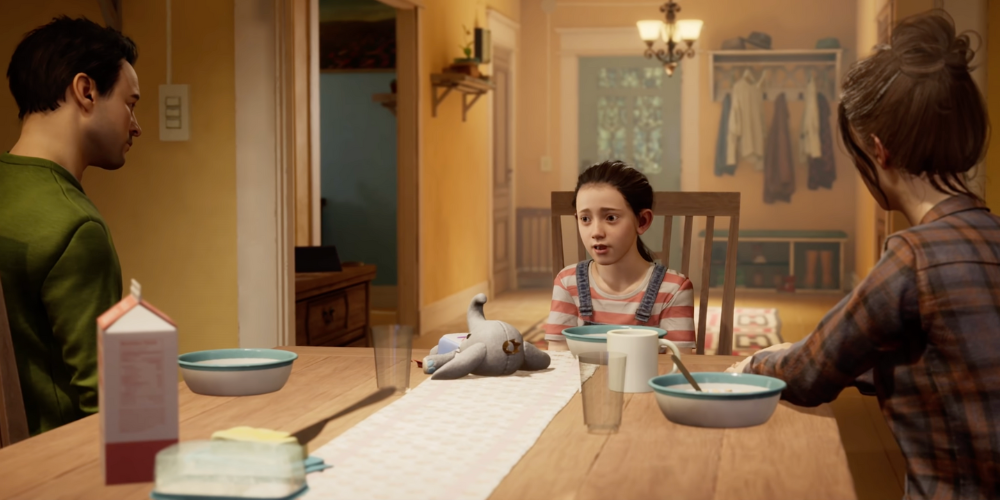Cooperative Mastery in It Takes Two
- 1159

It Takes Two is an award-winning cooperative action-adventure game that has taken the gaming world by storm, offering a mix of engaging storytelling, innovative gameplay mechanics, and a focus on teamwork like no other. In this comprehensive guide, we delve into the essence of cooperation, offering advanced strategies, tips, and insights to master this game. Whether you're embarking on this adventure with a friend or a loved one, prepare to deepen your cooperation skills and enhance your gaming experience.
Understanding the Core Mechanics
Before diving into strategies, it's vital to understand the core mechanics of It Takes Two. The game is built around Cody and May, who are transformed into dolls and must navigate through an array of challenges to fix their relationship. Players control either character, each with unique abilities that must be utilized in tandem to progress. This design not only encourages but requires constant communication, problem-solving, and synchronized actions between players.
Communication: Your First Tool of Success
Communication stands at the forefront of mastering It Takes Two. Unlike traditional single-player games where decisions solely affect individual outcomes, every action in this game impacts both players. Effective communication involves:
- Planning: Discuss strategies for upcoming challenges, dividing roles based on each character's abilities.
- Active Listening: Be open to your partner's suggestions and feedback, adjusting strategies as needed.
- Clear Instructions: During time-sensitive challenges, use concise and clear communication to coordinate actions.
- Patience and Encouragement: Support each other through difficult sections, celebrating successes and learning from failures together.
Strategic Planning and Role Division

Each level in It Takes Two presents unique puzzles and obstacles that require players to thoughtfully allocate roles based on the characters’ abilities. For instance, Cody can wield nails to fix objects or create platforms, while May can swing from these nails with her hammer. Here’s how you can excel in strategic planning:
- Assess Abilities: Regularly discuss each other's current abilities and how they can be best used in the forthcoming challenge.
- Flexible Role Assignment: Be willing to swap roles if one player is struggling, ensuring a smoother progression.
- Combine Abilities in Creative Ways: Think outside the box on how combined abilities can solve puzzles in unconventional ways.
- Advance Planning: For challenges that require rapid coordination, plan out actions and signals in advance.
Timing and Synchronization
The essence of It Takes Two lies not just in performing tasks together but in executing them with perfect timing and synchronization. Many puzzles and obstacles depend on precisely timed actions, such as swinging across gaps simultaneously or hitting switches at the right moment. To improve your timing:
- Practice Makes Perfect: Don’t be afraid to fail and retry. Each attempt is a learning opportunity to refine your timing.
- Use Visual and Audio Cues: Pay attention to in-game cues that can help sync your actions, like countdowns or visual signals.
- Develop a Rhythm: For repetitive tasks, establish a rhythm that both players can follow for synchronized actions.
- Anticipate Each Other's Moves: As you play more, you'll start to predict your partner's actions, allowing for smoother collaboration.
Leveraging Environments and Tools

It Takes Two is rich in diverse environments and tools that can be used to your advantage if mastered properly. Whether it's leveraging the unique properties of a given area or using the tools provided in innovative ways, here's how you can make the most out of your surroundings:
- Explore Thoroughly: Take your time to explore every nook and cranny. Hidden paths or objects can offer easier solutions to puzzles.
- Experiment with Tools: Don’t hesitate to experiment with how tools can interact with the environment. Unconventional uses can lead to surprising outcomes.
- Adapt to Changing Environments: Many levels introduce environmental changes. Stay flexible and adjust your strategies accordingly.
- Utilize Environmental Hazards: Sometimes, environmental hazards can be used to your advantage against enemies or to solve puzzles.
Mastering Combat Together
While It Takes Two focuses heavily on puzzles and platforming, combat plays a significant role in many sections. Winning battles requires more than just quick reflexes; it demands cooperative strategies and roles. Here’s how to master combat as a team:
- Assign Combat Roles: Divide roles such as one player focusing on offense while the other handles defense or crowd control.
- Coordinate Special Attacks: Use your characters' abilities in tandem for powerful combo attacks.
- Communicate Enemy Positions: In chaotic battles, keeping each other informed about enemy positions and movements is key.
- Revive and Support: Quickly reviving each other during down moments ensures sustained combat presence.
Adapting to Each Other's Play Styles

Success in It Takes Two also comes from recognizing and adapting to each other's play styles. Whether your partner is cautious or loves taking risks, finding a middle ground is essential. Adaptation involves:
- Observation: Pay attention to how your partner approaches challenges and discuss adjustments in strategy.
- Flexibility: Be willing to step out of comfort zone and adjust play style to better suit team dynamics.
- Encouragement: Support your partner's strengths while gently guiding them through their weaker areas.
- Shared Learning: Share discoveries and insights about the game, helping each other grow and learn.
Handling Setbacks With Positivity
Finally, the journey through It Takes Two is riddled with challenges that can sometimes lead to frustration. The key to overcoming these setbacks lies in maintaining a positive attitude and viewing each obstacle as an opportunity to learn and grow together. Remember:
- Every Failure is a Step Forward: Each setback is a learning opportunity, offering insights on what to do differently next time.
- Maintain Positive Communication: Focus on encouraging words and constructive feedback, avoiding blame.
- Take Breaks: If a particular section becomes too frustrating, taking a short break can help reset your mindset.
- Celebrate Small Victories: Acknowledge and celebrate progress, no matter how small, to keep morale high.